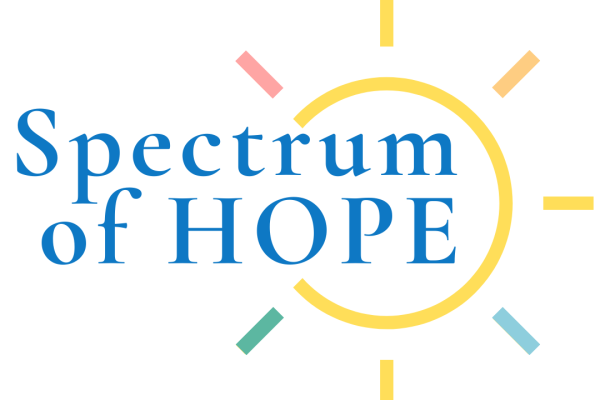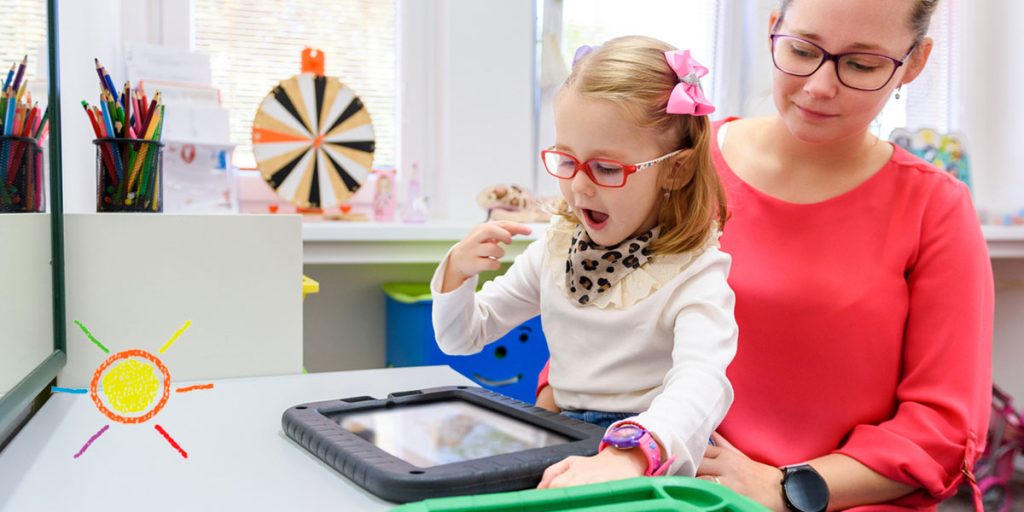One of the main indications of autism is trouble with social interaction. Autism, or the autism spectrum disorder (ASD), is a condition with a wide array of symptoms, many of which manifest differently from person to person. Social interaction is a complex facet of human communication that is generally part of our DNA and develops naturally at an early age. But for children on the spectrum, different factors hinder the proper development of the skills and instincts necessary to fluidly and easily communicate with others, make friends, pick up on social cues, understand certain abstract concepts like contextual humor, and more.
However, this breeds many myths and misconceptions, including the idea that children with autism are less compassionate or incapable of empathy, or that they cannot understand a joke. To the contrary, children with autism do display the capacity for empathy, but quite differently. They may be more sensitive to certain cues than others. Some children with autism are quite gifted at making friends in an early stage of life but drop off once cues and conversations grow at too quick a pace. And while humor is difficult to understand on the spectrum, it can even play a role in teaching the skills that many other kids pick up naturally. In other words, children on the spectrum are not unable, they simply often need more time and training.
Why Are Social Interactions Challenging in ASD?
There are several theories, many of which stem from a greater understanding of what autism itself is. Some researchers posit that one aspect of autism is impaired connectivity in the brain.
Our mind relies on an effective and well-connected network of neurons, and problems with the way neurons in children with ASD connect might explain some symptoms of autism, including difficulty with context, executive functioning, and abstract thinking. Language skills may be significantly delayed in children on the spectrum because their brain doesn’t put 2 and 2 together as efficiently as it should, to put into simpler terms.
This can be discouraging to many kids, who might sense that they aren’t able to effectively communicate with their peers, either because they can’t always understand them, or because they aren’t being understood. Such incidents can lead to intentional isolation, and frustration and anxiety surrounding social interaction.
Another theory is that much of how we develop social skills relies on our innate ability to pick up conversational cues and subtle read-between-the-lines intentions from body language and eye contact. Research shows that children on the spectrum are aversive towards eye contact because it makes them far more anxious than it might an average child – the part of their brain responsible for the fear response lights up much more in response to eye contact than it might in most people, suggesting that children with autism have a more visceral negative reaction to eye contact, and general face contact, which can impair their development of crucial skills for social interaction. There may be even more to it, but based on what we know, there are a variety of factors that inform a child’s challenges with social interaction while on the spectrum.
Do Kids on the Spectrum Want to Interact with Others?
Yes, they do. Many children on the spectrum indicate that they want to communicate, and even engage in attention-seeking behavior early on to vent their frustrations at wanting to be seen and heard, although without any understanding of how to clearly communicate what it is that they want to show or say.
Social interaction is a very important part of early childhood, and one that is often delayed in children on the spectrum for one reason or another. That does not mean students with autism want to avoid their classmates for any other reason than the fact that they may be too embarrassed to interact with them, or dread the anxiety that accompanies being unable to properly and competently communicate. Their peers may not be instinctually kind to erratic or strange behavior, which can make children with autism feel even further singled out.
Strategies for Teaching Key Social Skills
Key social skills include interpreting and catching certain cues, understanding context, developing crucial play skills such as sharing and taking turns, knowing what kind of body language to use to reflect certain moods, managing one’s emotions and avoiding outbursts, and much more. There are many ways to teach these skills, and it’s important to consult a professional therapist versed in applied behavior analysis (ABA) or a form of talk therapy when teaching Social interaction skills. ABA is a form of therapy that relies on a variety of methods to help children with autism model ‘normal’ behavior and better understand their peers.
Examples of techniques used in ABA include:
- Utilizing play to teach – like any other child, a child with autism often learns best when it is being taught through play.
- Explaining subjects and concepts through a child’s hobbies and interests – paying attention can be difficult for some children with autism, so keeping them interested is important. If lessons are recontextualized in a child’s personal interests, they may remember them better during social interaction.
- Incorporating specific skills through roleplaying – roleplay and modeling can help provide mock experience for children to better understand physical and verbal communication than through video or visual aids.
- Utilizing video-modelling or face-to-face modelling to teach body language and social cues – by mimicking others, children with autism can practice and form a habitual understanding of what certain gestures and phrases mean.
- Working with teachers and peers to better incorporate a child on the spectrum into class activities – experience is still the best teacher, and children on the spectrum learn best through group therapy, from specialized therapy sessions to working with other students to better incorporate a child with ASD.
Children with ASD should ideally socialize with normally developing children as well as other children on the spectrum. Knowing they are not alone and meeting other children with similar struggles can be incredibly comforting and help foster a sense of solidarity, while play sessions and conversations with normally developing children are important to practice skills learned through ABA and other methods.
Employing a Trilateral Approach
With autism, repetition and education is important. Parents, teachers, and therapists need to work together to help a child with autism learn to function alongside their peers and make up for certain social deficiencies with extra training. Many children with autism are exceptionally gifted in one way or another. Autism does not equal intellectual disability, but all cases of autism require ardent support in several key areas of early life. Children on the spectrum face a great many challenges, some of which may be summarized as a kind of difficulty in interpreting and managing the input provided by their environment.
Most children naturally learn to adapt to this input and use it fluently. Children on the spectrum can often be trained to do the same, but they need much more assistance and time. That is why early intervention is critical. The earlier a child on the spectrum is identified, the earlier they can begin getting the help they need to better contextualize the world around them and learn to cope in a neurotypical world. It’s not easy, and it’s not 1:1, but the end goal of ABA and autism treatment is not to try and make a unique and wonderful child ‘more normal’, but to provide them with the means to function alongside others, and feel included.
More than just working with children applied behavioral analysts also work with parents, teachers, and relatives on social interaction. Not only do children on the spectrum need to adjust to the world around them, but their relatives and friends must make adjustments to understand what autism is, how to better communicate with a person on the spectrum, and how to properly educate others on the matter to avoid bullying and discrimination at school and elsewhere.


